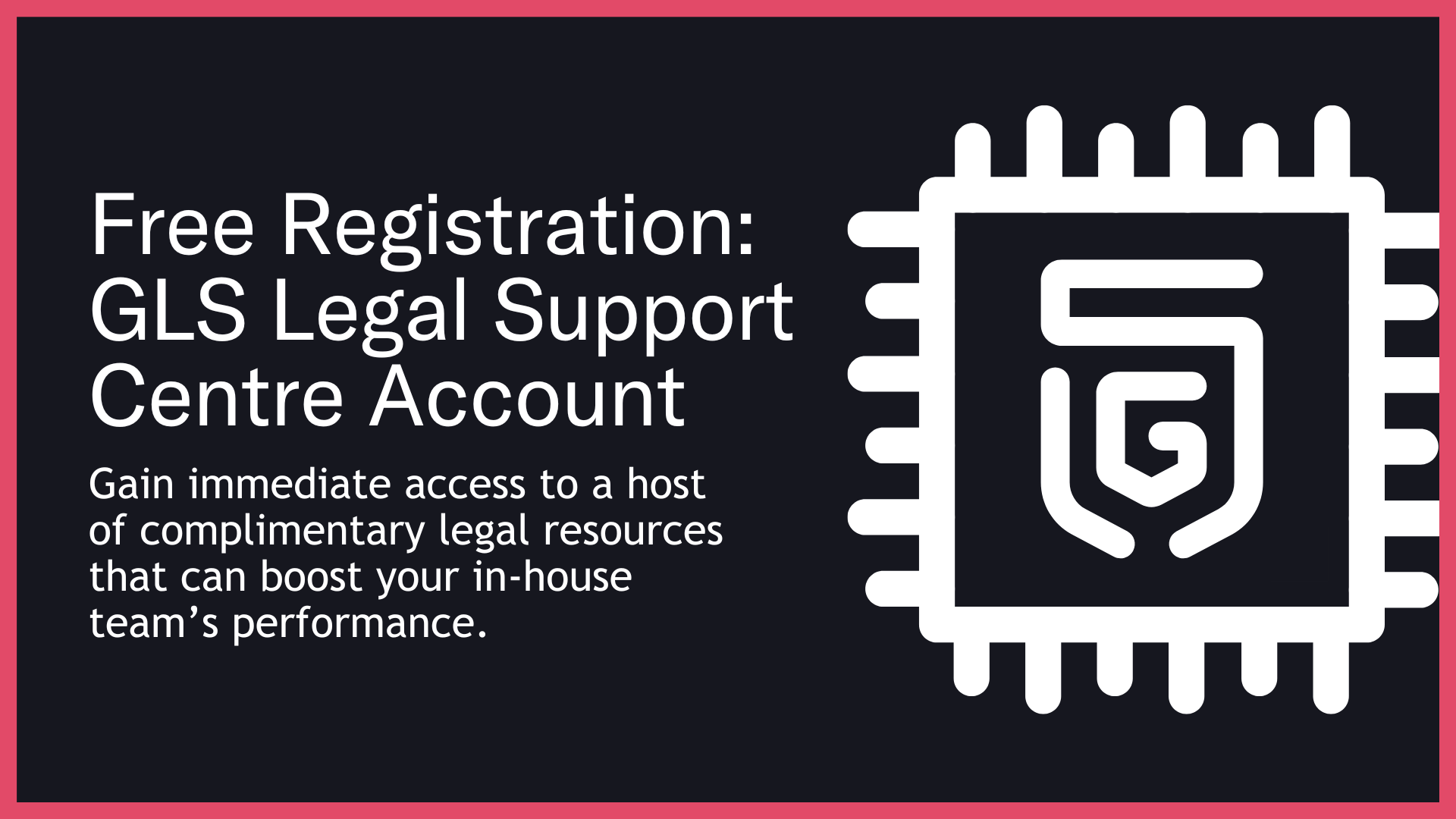Dispute Avoidance For Startups
10 Basic Pointers on How to Avoid Disputes
• 24 Nov 21

INTRODUCTION
Every party enters into a business relationship hoping not to get into a dispute. Yet, courts and arbitration centres alike remain packed with people seeking a resolution to their contractual disagreements.
It is startling to know that even the most well managed businesses can fall into disputes with their counterparties (i.e. suppliers, customers and partners).
Adhering to the age-old adage that “Prevention is better than Cure” – it is advisable to evade altogether the possibility of disputes, given that it takes precious time and energy away from your business.
To help you dodge problematic situations like these, we have set out in this article, 10 basic pointers on how one might be able to avoid disputes.
Key Problems with Disputes
As a starting point though, it may be worth examining why disputes can be so harmful to a Startup like yours.
| Disputes are expensive. | Disputes divert management time from the key task of growing the business. |
| Disputes ruin commercial relationships with your business partners. | Disputes typically require (expensive) external legal counsel. |
| Disputes threaten your business’s reputation. | Disputes threaten your business’s reputation Disputes can take FOREVER to resolve. |
10 basic pointers on conflict resolution
With the harmful effects of disputes in mind, we set out 10 basic pointers for dispute avoidance.
1. Effective communication is key
Parties should always provide each other with feedback, especially if they feel that something is not right. It is better to communicate constantly and to nip problems in the bud, as opposed to letting them brew and escalate.
2. Do not focus on the problem
Focus on the solution instead. Difficulties between parties should be approached in a collaborative manner. Instead of focusing on the problem and blaming each other, the focus ought to be on finding a way to resolve the difficulty and continue nurturing the business relationship.
3. Have comprehensive contracts
Contracts should set out the parties’ respective rights and obligations clearly and comprehensively. There will be little room for doubt and dispute when the terms stipulated in the contract are indubitably and accurately reflective of parties’ intentions.
4. Agree in writing
While contracts may be formed verbally or in writing, it is recommended that contracts be set out in writing for evidentiary purposes. Where there are no clear records of what was agreed upon (in oral contracts or otherwise poorly drafted contracts), the lack of clarity gives rise to a possibility of differing contractual interpretations, which in turn sets the stage for a costly legal dispute should parties fail to see eye to eye or compromise.
5. Read your contract
Parties should read their contracts before signing them, in order to address any points of deviation before setting their respective rights and obligations in stone.
6. Hire a lawyer
If you cannot decipher your contract or are unsure about your rights and obligations, you should hire a lawyer to help interpret your contract and explain your rights and obligations. A lawyer is often the most effective and reliable tool that you can utilise to safeguard your interests.
7. Uphold your end of the bargain
As long as the contract is clear and comprehensive, parties should have no room for dispute if they perform their contractual obligations in accordance with the terms of the contract. This would entail briefing your personnel properly, so that they may comply with any processes that may be set out in the contract.
8. Have clear contractual provisions with respect to waivers
There may be times when you decide to waive a counterparty’s breach. Contracts should set out clearly the effects of each waiver, and how each waiver should be given. A commonly adopted position is to specify that waivers are to be given in writing. This reduces the prospect of inadvertent waiver of rights.
9. Implemented a conflict resolution model
The contract can set out that disputes are to be resolved through a multi-tiered dispute resolution mechanism. The initial steps of this mechanism may entail good faith discussions between representatives of each party. This may help in ensuring that disputes are resolved in an amicable manner and alleviate the risk of disputes being resolved through expensive means (e.g. litigation, arbitration).
10. Effective organisation
Make sure that all contracts, as well as correspondences with respect to each contract, are organised and stored neatly. This ensures that these documents are readily available for your reference, when any doubts about your rights and/or obligations arises.
Next steps
When it comes to legal basics, it can seem overwhelming at first. But, it doesn’t have to be. GLS offers a host of free Startup resources to help set you on your way. You can also browse our list of over 200 Legal Templates and Tools, to choose the products your Startup needs at each critical stage of business.
We also offer a wide range of subscription based Legal Support Plans created specifically for Startups who want a 360 degree service in creating their own virtual legal dept.
*The above content does not constitute, nor is it offered as, legal advice of any kind. GLS Solutions Pte Ltd is not a law firm and any support provided pursuant to this entity is not regulated legal advice or legal opinion.

